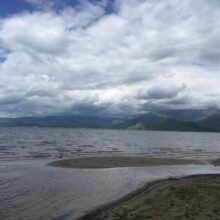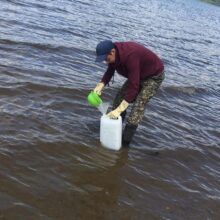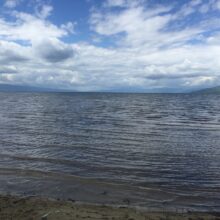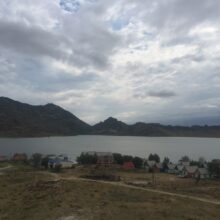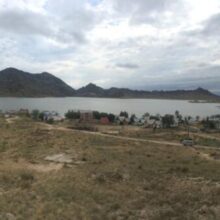Судағы радионуклидтердің құрамын бақылау
28.07.2020
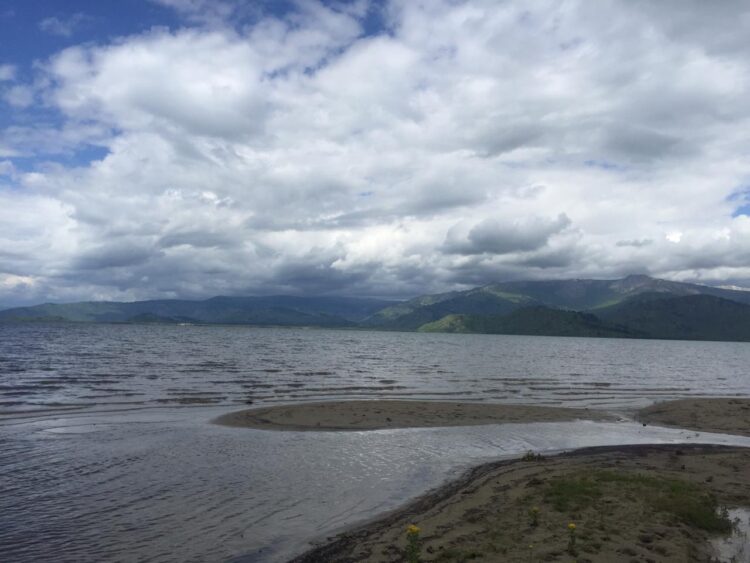
Судағы радионуклидтердің құрамын бақылау тәсілдерінің бірі – су ортасының радиоэкологиялық мониторингі. Мониторинг жүргізу кезінде радионуклидтердің жергілікті «аялық» шоғырлануын анықтау маңызды және ажырамас бөлігі болып табылады. Радиациялық өлшемдердің нәтижелерін аялық мәндерді анықтау нәтижелерімен салыстыру қоршаған ортаның сапасының өзгеруінде қолайсыз үрдістерді анықтауға, осы өзгерістердің даму болжамын құруға және қажет болған жағдайда қоршаған ортаға теріс әсерді төмендетуге бағытталған тиісті басқарушылық шешімдерді әзірлеуге мүмкіндік береді.
Бұл зерттеулерді ҚР ҰЯО Радиациялық қауіпсіздік және экология институты 2018 жылдан бастап жүргізеді.
Ертіс өз., Бұқтырма өз., Үлбі өз., Шар өз., Аягөз өз., сондай-ақ Бұқтырма және Шүлбі су қоймалары мен Зайсан көлдері үшін бұрын жүргізілген зерттеулер ШҚО суларындағы табиғи және жасанды радионуклидтердің аялық шоғырлануы бойынша алынған деректер континенталды сулар үшін алынған шектерге енетінін, бұл Қазақстан Республикасында белгіленген Гигиеналық нормативтерге сәйкес араласу деңгейінен 2-4 есеге төмен екендігін көрсетті.
2020 жылдың шілдесінде Марқакөл және Дубығалы көлдерінде жұмыстар жалғастырылды. Далалық шығу кезінде химиялық, радионуклидтік және элементтік құрамды анықтау үшін су мен түптік шөгінділерінің үлгілері іріктелді.




